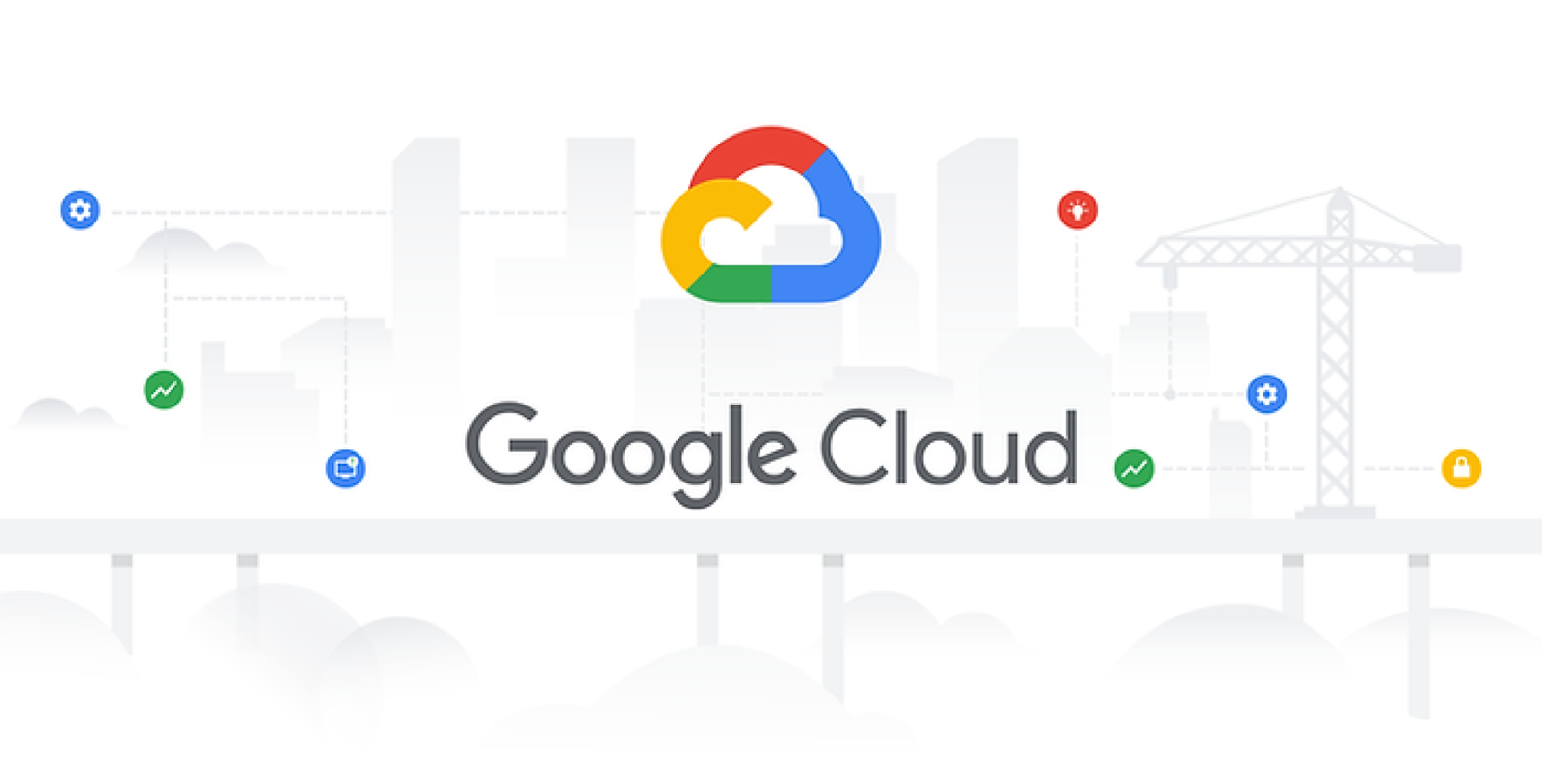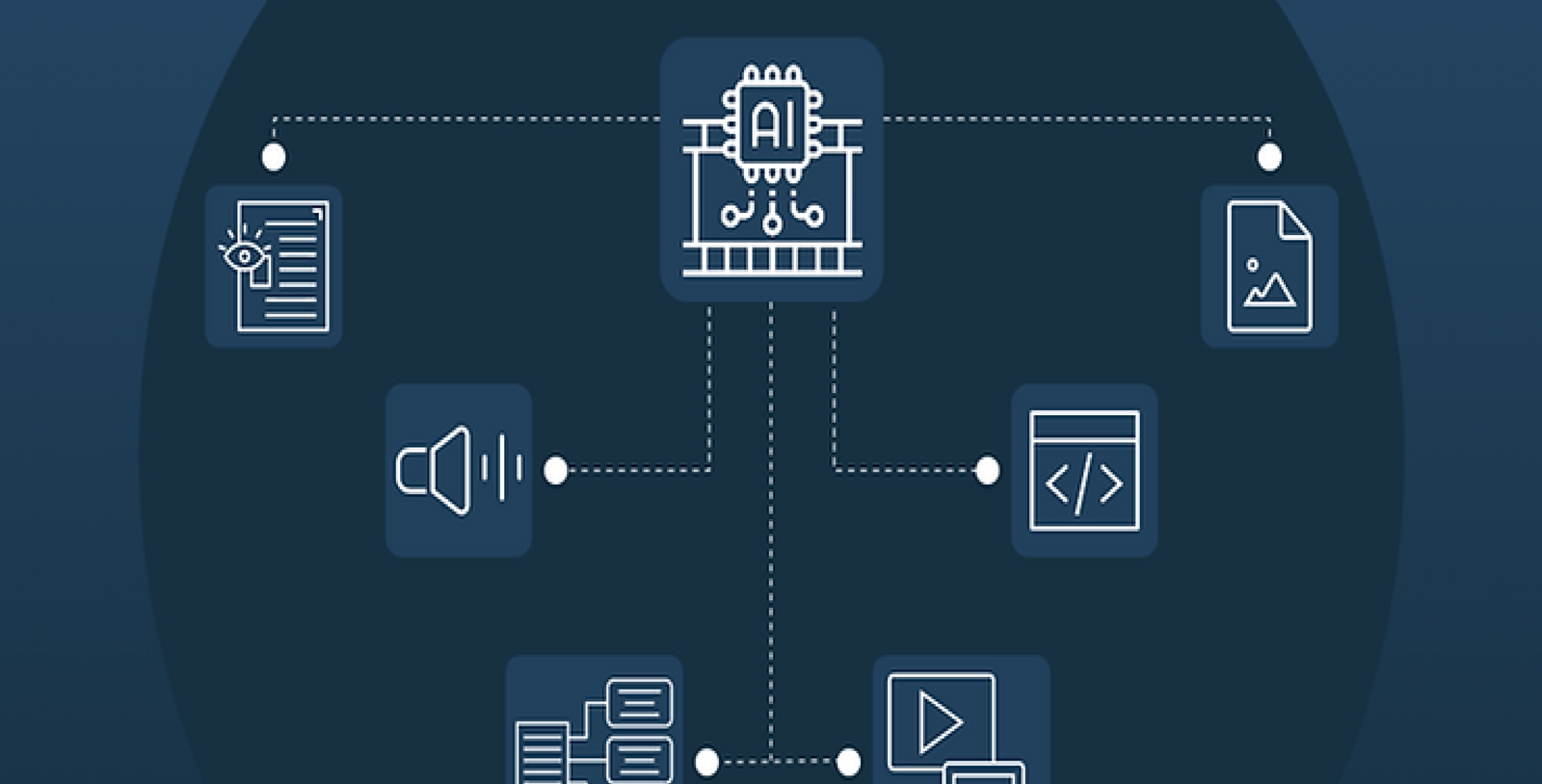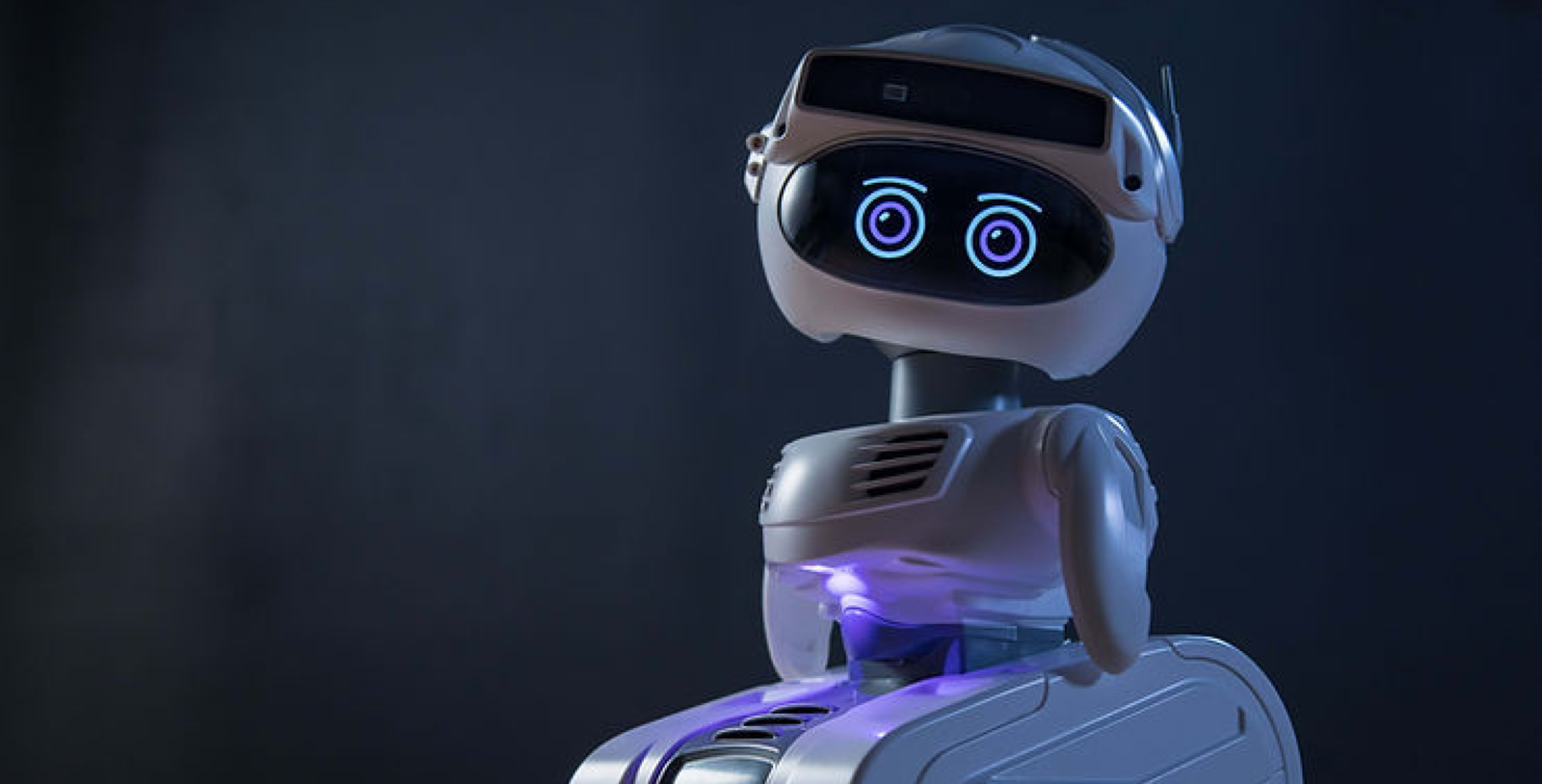From Automation to Intelligence: Robotics and the Future of Digital Transformation in 2023
- The world of robotics is evolving rapidly, and with it, the scope of digital transformation is expanding. Robotics is no longer limited to just automation of repetitive tasks, but now it is transforming into a technology that can enable intelligent decision-making and autonomous operations. As we enter the year 2023, the future of digital transformation through robotics is becoming clearer, and the possibilities seem endless.
- This blog will explore the exciting intersection of robotics and digital transformation, and how it is shaping the future of businesses and industries. We will delve into the various ways in which robotics is evolving from automation to intelligence, and how this evolution is driving digital transformation across multiple sectors. We will also discuss the latest trends, challenges, and opportunities that are emerging in the realm of robotics and digital transformation.
- So, whether you are a business owner, a tech enthusiast, or simply curious about the future of robotics and digital transformation, this blog will provide you with valuable insights and a glimpse into what lies ahead. Let’s dive in!
Introduction: The Evolution of Robotics and Digital Transformation
- The world of robotics has come a long way since its inception, with advancements in technology enabling it to evolve from simple automated machines to intelligent robots capable of making complex decisions. The integration of robotics and digital transformation has brought about new opportunities for businesses to improve their efficiency, productivity, and operations. The year 2023 is expected to witness significant progress in this area as businesses continue to adopt robotics as a key driver of digital transformation.
- The evolution of robotics began with the development of simple machines that could perform repetitive tasks without human intervention. However, with advancements in technology, robots are now capable of performing complex tasks such as decision-making, problem-solving, and even learning. This transformation has led to the emergence of intelligent robots that can work alongside humans, complementing their strengths and overcoming their limitations.
- The integration of robotics and digital transformation has enabled businesses to automate their operations, resulting in increased efficiency and productivity. With the emergence of intelligent robots, businesses can now leverage data analytics and artificial intelligence (AI) to enable autonomous decision-making and optimize their operations. This has brought about a new era of digital transformation, with businesses across various industries looking to leverage robotics to transform their operations and gain a competitive edge.
- As we move further into the future, the evolution of robotics is expected to continue at a rapid pace, with the integration of AI and other emerging technologies further enhancing the capabilities of robots. This, in turn, is expected to drive the digital transformation of businesses across various industries, resulting in increased efficiency, productivity, and innovation.
- In this blog, we will explore the evolution of robotics and digital transformation and how it is shaping the future of businesses and industries in 2023 and beyond. We will delve into the latest trends, technologies, and use cases, as well as the challenges and ethical considerations associated with this transformation. Let’s dive in and explore the exciting world of robotics and digital transformation.
Robotics and Digital Transformation in Various Industries: Examples and Use Cases
Robotics and digital transformation are transforming various industries by automating repetitive tasks and enabling intelligent decision-making. Here are some examples and use cases of how robotics and digital transformation are being used in different industries:
- Healthcare: Robotics and digital transformation are transforming the healthcare industry by automating tasks such as patient monitoring, surgery, and medication dispensing. Intelligent robots can analyze patient data and provide real-time feedback, enabling faster and more accurate diagnosis and treatment. For example, Intuitive Surgical’s da Vinci surgical system enables surgeons to perform minimally invasive surgery with greater precision and control, resulting in reduced pain and faster recovery times.
- Logistics and Warehousing: Robotics and digital transformation are transforming logistics and warehousing by enabling efficient and accurate inventory management and order fulfillment. Intelligent robots can perform tasks such as picking, packing, and sorting, resulting in reduced errors and increased speed. For example, Amazon’s Kiva robots can move shelves of products to workers, allowing them to fulfill orders more quickly and efficiently.
- Agriculture: Robotics and digital transformation are transforming the agriculture industry by enabling precision farming and reducing waste. Intelligent robots can analyze soil and crop data, enabling farmers to make data-driven decisions about planting, harvesting, and fertilizer use. For example, John Deere’s autonomous tractors can plant and harvest crops with greater accuracy and efficiency, resulting in increased yields and reduced waste.
- These are just a few examples of how robotics and digital transformation are transforming various industries. As businesses continue to adopt these technologies, we can expect to see further improvements in efficiency, productivity, and innovation.
The Role of Data Analytics and AI in Enabling Intelligent Decision-Making for Robotics
Data analytics and artificial intelligence (AI) play a crucial role in enabling intelligent decision-making for robotics. Here are some key ways in which data analytics and AI are used to improve the decision-making abilities of robots:
Predictive Analytics: Predictive analytics uses historical and real-time data to predict future outcomes. For robotics, predictive analytics can be used to anticipate machine failure, optimize production processes, and improve supply chain operations. By analyzing large amounts of data, robots can make predictions and take actions accordingly, resulting in improved efficiency and productivity.
Machine Learning: Machine learning is a subset of AI that enables machines to learn from data without being explicitly programmed. This allows robots to adapt to new situations and make decisions based on their own experience. For example, a robot can learn from its mistakes and adjust its behavior accordingly, resulting in improved accuracy and efficiency.
Natural Language Processing: Natural language processing (NLP) is a subfield of AI that enables machines to understand and interpret human language. For robotics, NLP can be used to enable robots to communicate with humans, understand verbal commands, and provide feedback in natural language. This makes it easier for humans to interact with robots, resulting in improved collaboration and efficiency.
Computer Vision: Computer vision is another subfield of AI that enables machines to interpret visual information from the environment. For robotics, computer vision can be used to enable robots to navigate their environment, recognize objects, and perform tasks such as sorting and packaging. By analyzing visual data, robots can make decisions and take actions accordingly, resulting in improved accuracy and efficiency.
By leveraging data analytics and AI, robots can make intelligent decisions and take actions that result in improved efficiency, productivity, and accuracy. As businesses continue to adopt these technologies, we can expect to see further improvements in the capabilities of robots, resulting in new opportunities for innovation and growth.
Advancements in Robotics and Digital Transformation: Latest Trends and Technologies
Robotics and digital transformation are rapidly advancing, with new technologies and trends emerging every year. Here are some of the latest trends and technologies in robotics and digital transformation:
Collaborative Robots: Collaborative robots, or cobots, are designed to work alongside humans, rather than replacing them. They are equipped with sensors and other safety features that enable them to operate safely in close proximity to humans. This makes it easier for businesses to implement automation in their operations, as they can integrate cobots into their existing processes without the need for significant changes.
Edge Computing: Edge computing is a technology that enables data processing to occur closer to the source of the data, rather than in a centralized data center. This allows for faster processing of data and reduces the need for large amounts of data to be transferred over networks. In robotics, edge computing can be used to enable real-time decision-making, which is essential for tasks such as autonomous navigation and object recognition.
5G Networks: 5G networks are the latest generation of mobile networks, offering significantly faster data transfer speeds and reduced latency. This makes them ideal for robotics applications, as they enable real-time communication and control of robots over long distances. 5G networks are particularly useful for applications such as remote control of robots in hazardous environments, or for enabling robots to work in areas with limited connectivity.
Machine Learning at the Edge: Machine learning at the edge refers to the deployment of machine learning algorithms on devices such as sensors, cameras, and robots, rather than in centralized data centers. This enables robots to make real-time decisions based on their own data, rather than relying on data from a centralized location. This is particularly useful for applications such as autonomous navigation, where robots need to make quick decisions based on their environment.
Digital Twins: Digital twins are virtual replicas of physical objects, such as machines or buildings. They can be used to simulate and optimize the performance of these objects, enabling businesses to identify potential problems before they occur. In robotics, digital twins can be used to simulate the behavior of robots in different environments, enabling businesses to optimize their performance and reduce the risk of failures.
The Future of Work: Impact of Robotics on Job Roles and Workforce
The rise of robotics and automation has brought about significant changes in the workforce. As more businesses adopt these technologies, we can expect to see further changes in the coming years. Here are some of the ways in which robotics is likely to impact job roles and the workforce in the future:
New Job Roles: While robotics is likely to replace some job roles, it is also likely to create new job roles. For example, businesses may need workers who can program and maintain robots, or who can oversee and manage automated production processes. These new job roles may require different skill sets than traditional job roles, so businesses may need to invest in training and upskilling their existing workforce.
Increased Efficiency: Robotics can improve efficiency in many industries, resulting in cost savings and increased productivity. This may lead to job losses in some industries, as businesses look to automate repetitive or low-skilled tasks. However, it may also lead to the creation of new job roles in other industries, as businesses expand their operations and invest in new technologies.
Changing Skill Requirements: As businesses adopt robotics and automation, the skill requirements for certain job roles may change. For example, workers may need to have experience with programming or operating robots, or with using digital tools and software. This may require businesses to invest in training and upskilling their existing workforce, or to hire workers with new skill sets.
Improved Safety: Robotics can improve safety in many industries, as robots can perform tasks that are too dangerous or hazardous for humans. This may lead to job losses in some industries, as businesses look to automate these tasks. However, it may also lead to the creation of new job roles in other industries, as businesses invest in new technologies to improve safety and reduce the risk of accidents.
Collaboration between Humans and Robots: As robotics becomes more advanced, we may see increased collaboration between humans and robots. This may involve robots performing tasks that require human supervision or decision-making or working alongside humans to improve efficiency and productivity. This may lead to new job roles that require workers to have experience with collaborating with robots and other automated systems.
Challenges and Ethical Considerations in Robotics and Digital Transformation
While the rise of robotics and digital transformation brings many benefits, it also presents several challenges and ethical considerations that must be addressed. Here are some of the challenges and ethical considerations associated with robotics and digital transformation:
Job Displacement: As businesses adopt robotics and automation, there is a risk of job displacement, particularly for workers in industries that rely on low-skilled labor. This can have significant economic and social consequences, and businesses must take steps to ensure that they are not leaving workers behind.
Job Displacement: As businesses adopt robotics and automation, there is a risk of job displacement, particularly for workers in industries that rely on low-skilled labor. This can have significant economic and social consequences, and businesses must take steps to ensure that they are not leaving workers behind.
Bias and Discrimination: There is a risk of bias and discrimination in robotics and digital transformation, particularly in areas such as artificial intelligence (AI). This can have significant social and ethical consequences, and businesses must take steps to ensure that their systems are free from bias and discrimination.
Ethical Use of Technology: Robotics and digital transformation raise questions about the ethical use of technology, particularly in areas such as military and surveillance applications. Businesses must ensure that they are using technology in a manner that is consistent with ethical and moral principles.
Regulatory Frameworks: There is a need for regulatory frameworks to govern the use of robotics and digital transformation, particularly in areas such as AI. This can be challenging, as technology is evolving at a rapid pace and regulatory frameworks may struggle to keep up.
Cybersecurity: Robotics and digital transformation are vulnerable to cyberattacks, which can have significant consequences for businesses and individuals. Businesses must ensure that they have adequate measures in place to protect their systems from cyberattacks.
The Future of Robotics: Potential Impacts on Society
As robotics technology continues to evolve, it has the potential to transform society in numerous ways. Here are some potential impacts that robotics could have on society in the future:
- Automation of Jobs: Robotics has the potential to automate many jobs that are currently performed by humans. This could lead to significant job losses in some industries, while also creating new job opportunities in areas such as robotics engineering and programming.
- Improved Efficiency and Productivity: Robotics has the potential to improve efficiency and productivity in numerous industries, from manufacturing to healthcare. For example, robots could be used to perform repetitive or dangerous tasks, freeing up human workers to focus on more complex tasks.
- Enhanced Safety and Security: Robotics has the potential to enhance safety and security in various industries, such as law enforcement and emergency response. For example, robots could be used to enter dangerous or hazardous environments, reducing the risk of injury or death to human workers.
- Ethical Use of Technology: Robotics and digital transformation raise questions about the ethical use of technology, particularly in areas such as military and surveillance applications. Businesses must ensure that they are using technology in a manner that is consistent with ethical and moral principles.
- Increased Accessibility: Robotics has the potential to increase accessibility for people with disabilities, such as assistive robots that could help with mobility or daily tasks.
- Ethical and Social Implications: As robotics technology continues to evolve, there are numerous ethical and social implications to consider, such as privacy concerns, liability issues, and the impact on social interactions and relationships.
- Advances in Healthcare: Robotics has the potential to transform healthcare in numerous ways, such as assisting with surgeries, drug delivery, and patient care. Robots could be used to diagnose illnesses, monitor patients remotely, and perform surgeries with greater precision.
- Environmental Impact: Robotics has the potential to reduce the environmental impact of various industries, such as agriculture and transportation. For example, precision farming tools could reduce waste and optimize crop yields, while autonomous vehicles could reduce emissions and improve traffic flow.
Conclusion: The Power of Robotics in Driving Digital Transformation in 2023 and Beyond
Robotics technology has come a long way in recent years and is poised to transform various industries and aspects of our lives in the coming years. From automating jobs and improving efficiency to enhancing safety and accessibility, the potential applications of robotics are vast and varied.
In order to fully leverage the power of robotics in driving digital transformation, it will be essential to focus on several key areas. These include investing in research and development to advance robotics technology, developing ethical and regulatory frameworks to ensure responsible and safe use of robotics, and addressing the potential impact of robotics on the workforce and society at large.
Furthermore, the role of data analytics and artificial intelligence will be crucial in enabling intelligent decision-making for robotics. By harnessing the power of data and AI, we can ensure that robotics technology is optimized to meet the unique needs of various industries and to deliver maximum value and impact.
Looking ahead to the future of robotics and digital transformation in 2023 and beyond, there is no doubt that we will continue to see rapid advancements and innovations in this field. By working together to address the challenges and opportunities presented by robotics technology, we can unlock the full potential of robotics in driving digital transformation and creating a better future for all.
How Cligent is contributing to the this tech revolution?
Cligent Technologies is a company that is working to advance robotics technology and contribute to the tech revolution in numerous ways. By developing custom robotics solutions, advancing AI and machine learning, collaborating with industry leaders, investing in research and development, and providing training and support, Cligent Technologies is helping to unlock the full potential of robotics in driving digital transformation and creating a better future for all.
For More Information, Contact – contact@cligent.com





